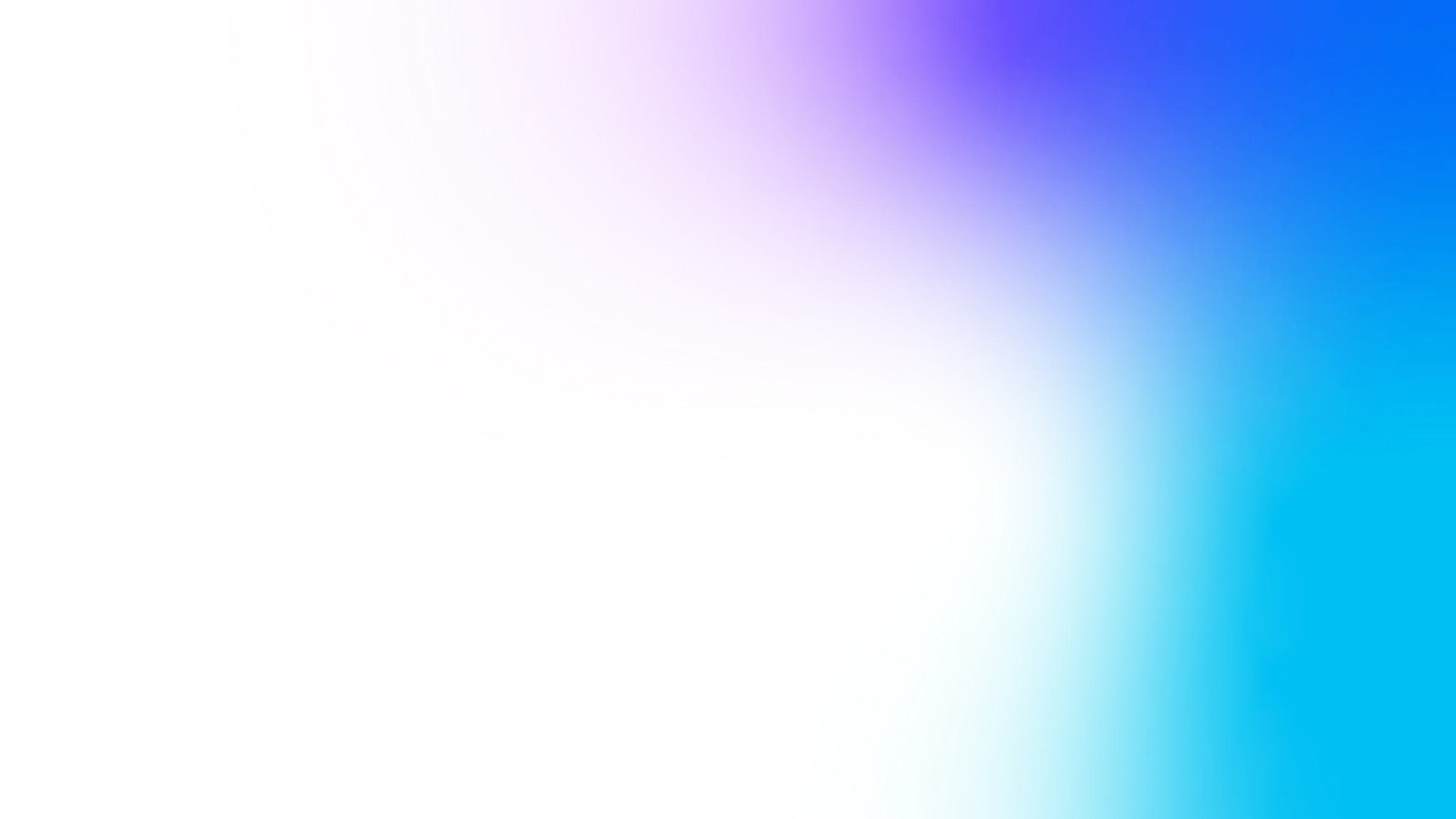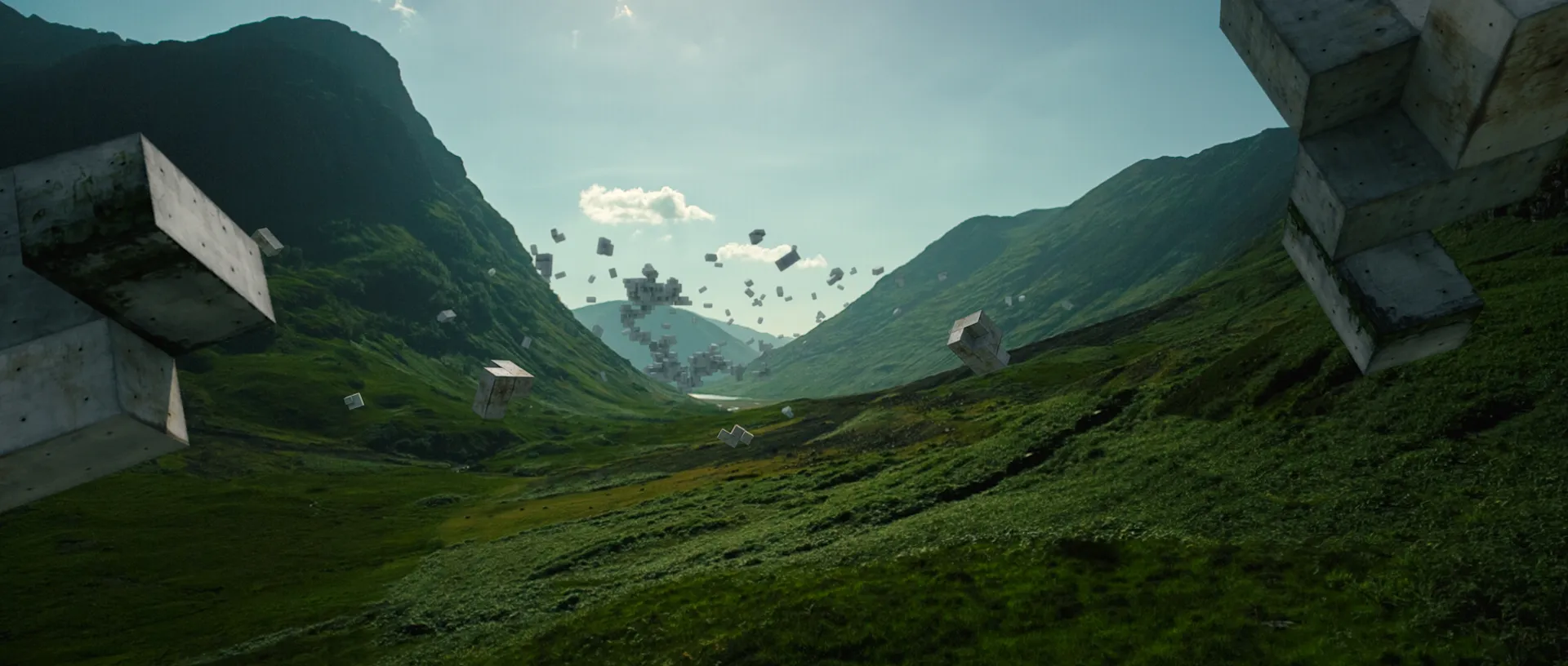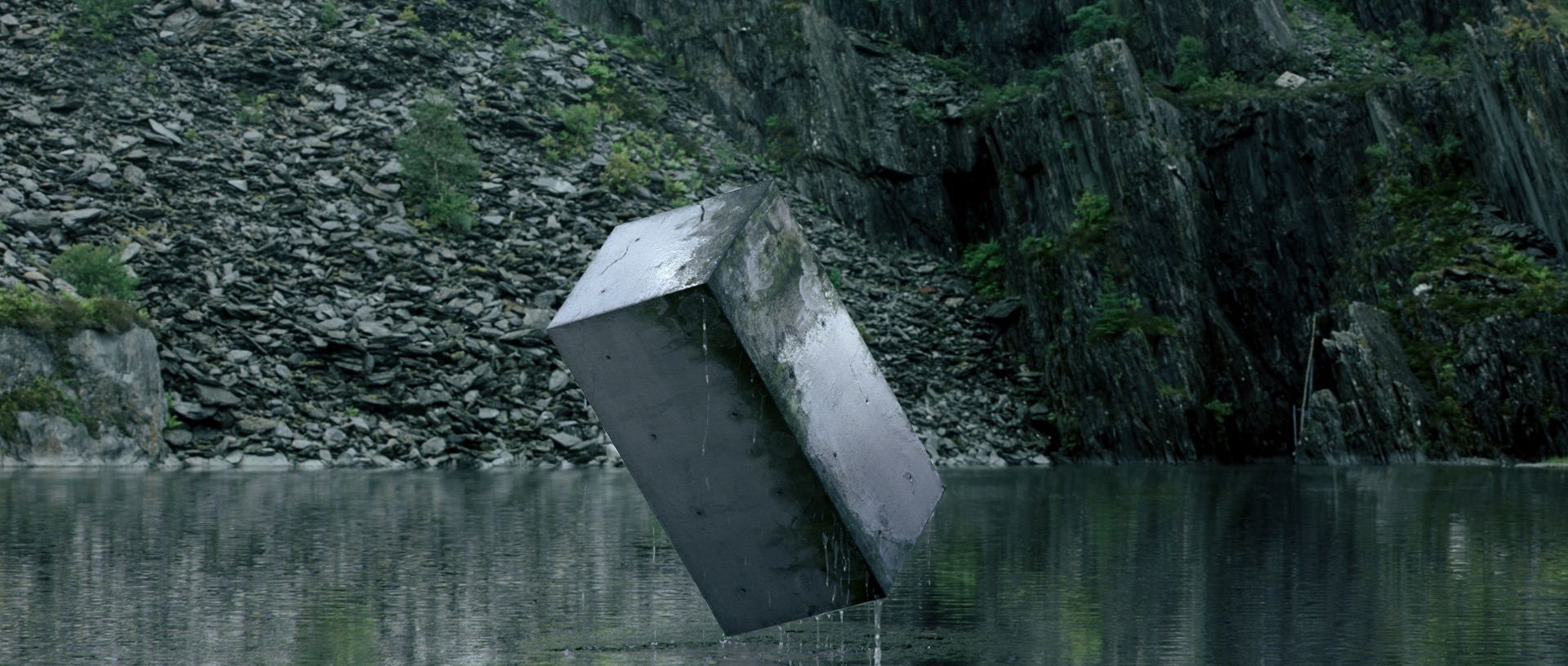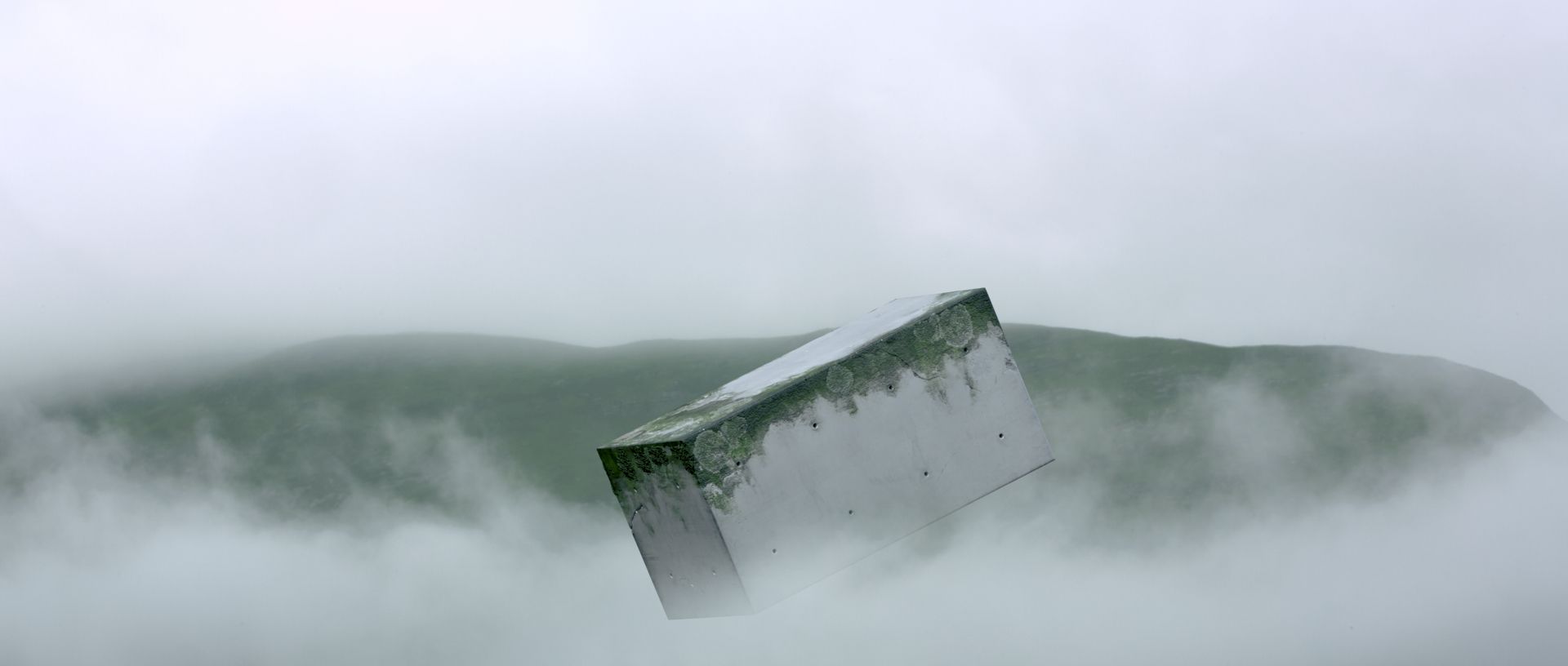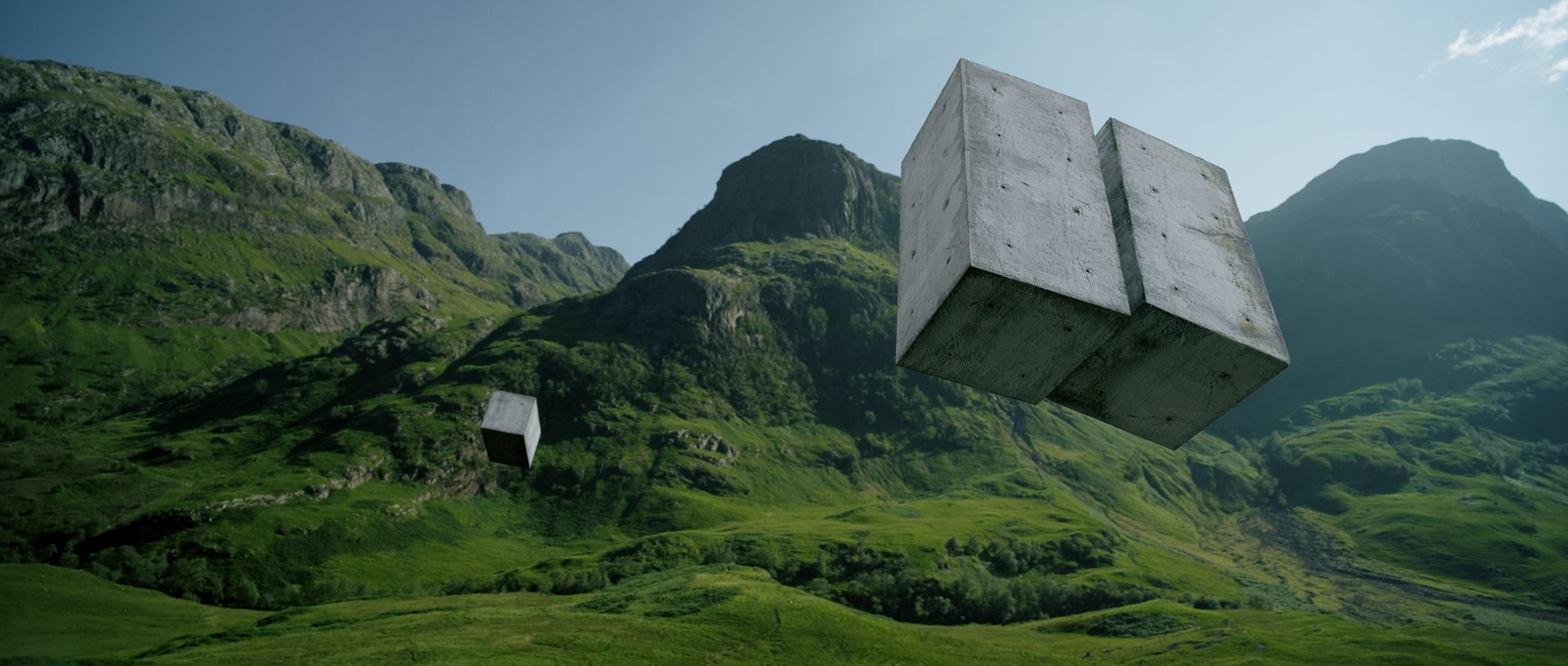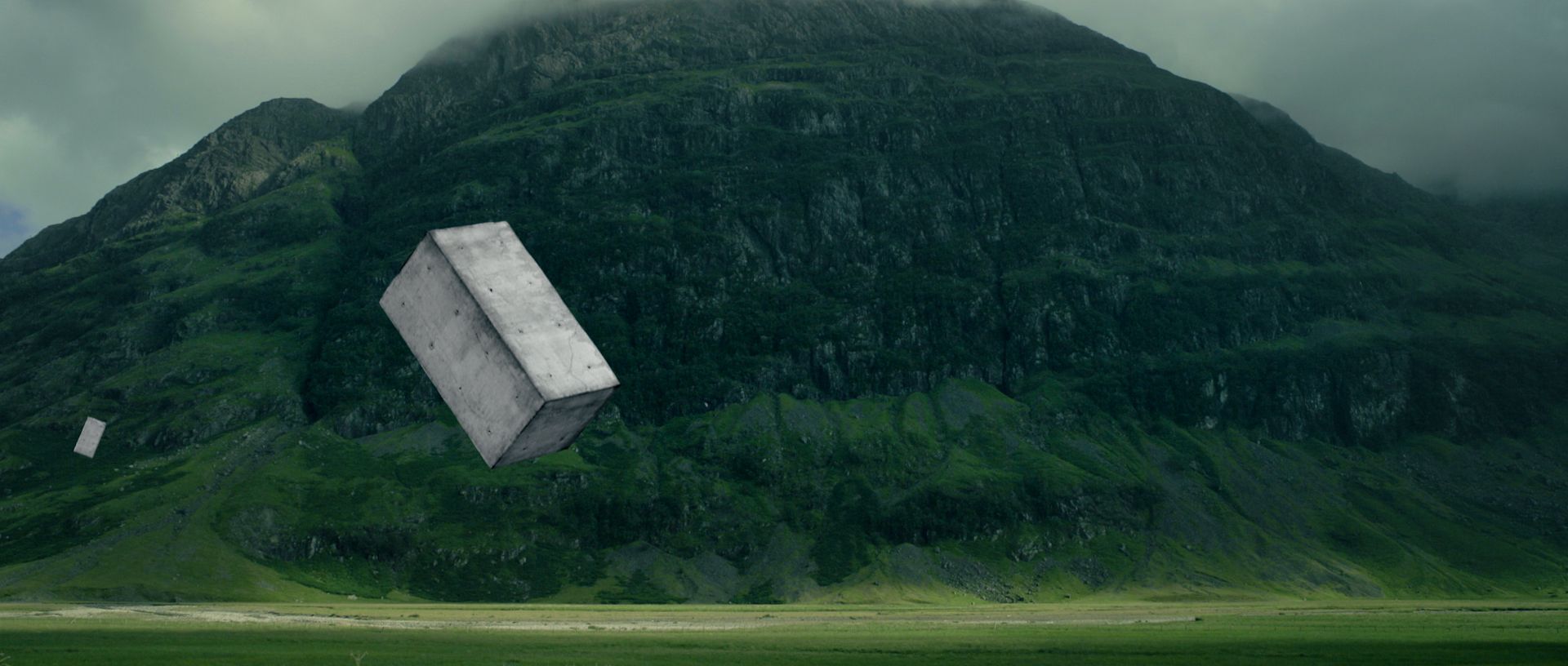In 2011, there was this great project by Philips, the ‘Microbial Home’, a proposal for an integrated cyclical ecosystem, which was basically a kitchen that was feeding off its own waste. There were some wonderful design objects that came out of that. It was a concept which could be taken into reality. The Living Architecture project was born in that same period. It was informed by the speculative design of the Philips project, combined with the latest developments in synthetic biology, artificial intelligence, engineering, and anthroponics (a recirculating soilless agriculture system that uses natural bacterial cycles to convert human bio waste into plant fertilizer). There was this big condensation of how do we actually take waste from a home and use that raw material for our living?
With the technologies of synthetic biology, the living architecture turned household waste, specifically liquid waste, into bio electricity and other forms of biomass. It further recycled water immediately within the home or purified it to return to the environment. Our presence in the space marked by our actual activities of daily living are fed back into regenerative systems - essentially what our soils do.
We were creating the circular economy of a household. The ‘economy’ element is very important. We can place design objects within capitalist systems that reinforce these notions of individual privatization, forms of exploitation and inequalities. Yet, it leaves use with the questions: How do we ethically design?
How do we start to break the most fundamental traits that are keeping us in this toxic state that we are living in? How can we realize the microbial commons within the household? Can we think of a new economy of the household that not about consumes from a market, but positions us as a catalyst of evolution and cooperater of nature?
In the 21st century, we can actually see some of the processes and pick the ones that we want to live alongside. That brings to question a lot of different ethical considerations. First of all the nature of the person. Since 2001, we have heard about this idea of the human microbiome (the collection of all the microorganisms living in association with the human body). Only 10% of our bodies are actually human cells, the rest are microbes. Who is this ‘I’ that we are designing for? Who is this family that we are designing for? And how do we develop inclusivity and sustainability within that? So the integral question of this work is: How do we live? What are the mediums through which we start to connect to the more-than-human realm?
